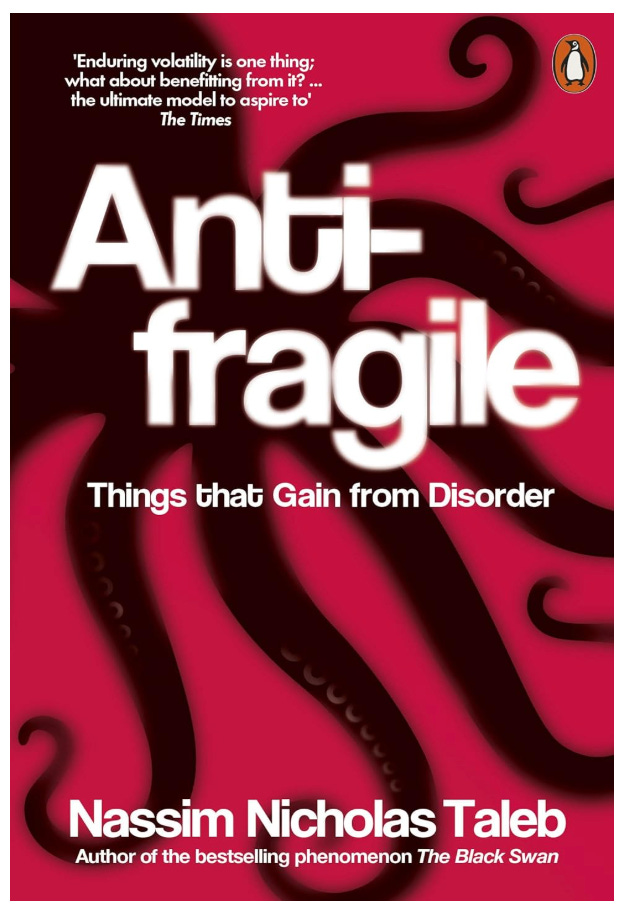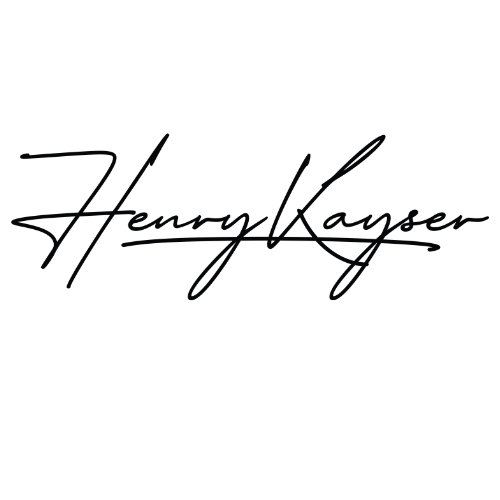Fragile vs. Robust: Why Fast Growth Often Breaks First
Not every organization should move fast, some should move strong.
Most sales leaders chase speed. We celebrate quick hires, rapid scaling, and fast market entries until the first shock hits.
Then we discover something uncomfortable: the systems that grew fastest are often the ones least prepared for change.
Robust organisations look slower in calm times, but they survive turbulence far better. The question is not which is better — it’s which do you need when.
Why this matters
Nassim Nicholas Taleb, in Antifragile, argues that stress reveals the true nature of a system: fragile ones break, robust ones resist, and antifragile ones grow stronger.
Revenue organisations are no different.
The way you design your GTM model, incentive structure, and leadership rhythm determines whether your company bends or breaks when pressure increases.
Fragile systems scale through heroics and hustle, short-term speed.
Robust systems scale through structure and adaptability, sustainable speed.
And while fragility often wins the first lap, robustness wins the marathon.
When the pandemic hit, our leadership model was challenged.
We had built an in-office culture where performance was visible, energy-driven, and easy to read in person.
But remote work changed the physics of leadership overnight.
We realised our organisation was not fragile because of the people he hired, it was fragile because of our design. Too dependent on proximity. Too little rhythm. Too much implicit communication.
The shift was painful but clear:
We had to build a robust sales culture, one that embeds change and adaptation as a constant.
That meant moving from energy-led → rhythm-led leadership.
From ad-hoc syncs → structured weekly rituals.
From individual drive → collective consistency.
Three classic transitions that expose fragility
Every organisation eventually faces stress that tests its design.
Here are three cases where fragility vs. robustness made the difference:
1. Product-led companies facing market change
Slack to Salesforce
Slack grew rapidly with a product-led growth engine: viral adoption, low-touch expansion.
But when Microsoft launched Teams (bundled into Office 365), Slack’s self-serve model hit a ceiling.
Their structure was fragile against an enterprise selling machine.
Salesforce’s acquisition gave it robustness — distribution, integration, and enterprise process.
Speed built the product. Structure sustained the business.
Lesson: A product can be viral, but revenue needs a backbone.
2. Founder-led to management-led transitions
WeWork
Under Adam Neumann, WeWork grew on founder charisma, a fragile foundation built on personality, not process.
When capital tightened and leadership changed, the structure could not hold.
It was not the people that failed; it was a system built on dependency instead of discipline.
Contrast that with Airbnb, which successfully transitioned from founder-led chaos to a scalable process.
They institutionalised values, decision rights, and operational cadence, robustness without losing identity.
Lesson: Culture is not what the founder says; it’s what the system repeats.
3. Economic shocks and sales dependency
Zoom vs. Peloton
Both exploded during COVID.
But when demand normalised, Zoom kept recurring enterprise customers, where as Peloton lost momentum.
Why? Zoom had built B2B contracts, layered revenue models, and diversified customer profiles.
Peloton was built on consumer hype, single-product dependence, and short-term demand.
Lesson: Robust revenue portfolios absorb shocks. Fragile ones amplify them.
What Taleb teaches leaders
Taleb’s model (simplified) looks like this:
Fragile → Robust → Antifragile
Stress harms → Stress survives → Stress strengthens
In a revenue organisation, you can plot this easily:
On one end: Fragile = over-optimised for calm, breaks in chaos (e.g., pipeline reliance on one segment).
In the middle: Robust = stable processes, adaptable structure, predictable rhythm.
On the far end: Antifragile = systems that improve under stress — feedback loops, learning cultures, distributed decision-making.
So ask yourself:
Where does your revenue system sit on that line?
Does pressure reveal weakness, stability, or growth?
Conclusion
The past five years proved one thing: speed alone doesn’t scale.
The most resilient organizations today are not the fastest, but the most flexible.
In times of growth, fragility looks efficient.
In times of change, robustness looks wise.
And the future belongs to those who can switch between both.
3 Recommendations for Revenue Leaders
Design for volatility - Build systems that do not rely on calm.
Structure rhythm before scale - Speed without cadence breaks under stress.
Reward adaptability, not activity - Teach your team to learn faster, not move faster.
If this made you think, share it with one colleague who is leading a sales team or driving AI adoption.
And if you want to stay ahead of that curve, subscribe to the Quarterly Revenue Brief Pulse.
All the best,
Henry










Wow, this piece really made me stop and think about system design, it's so insightful. Do you rekon the shift from 'energy-led' to 'rhythm-led' leadership could also apply to fostering robust learning enviroments for students?